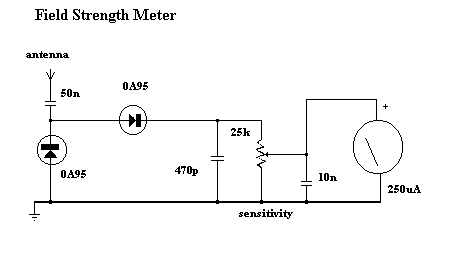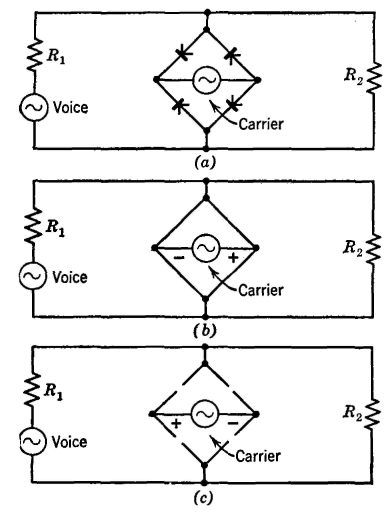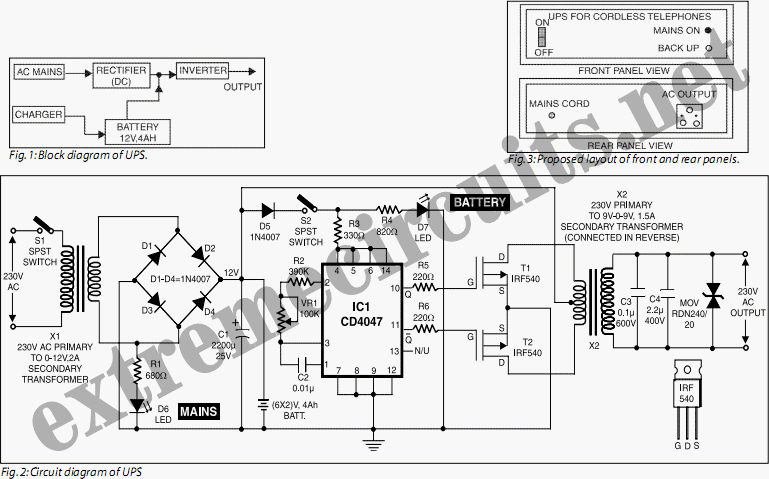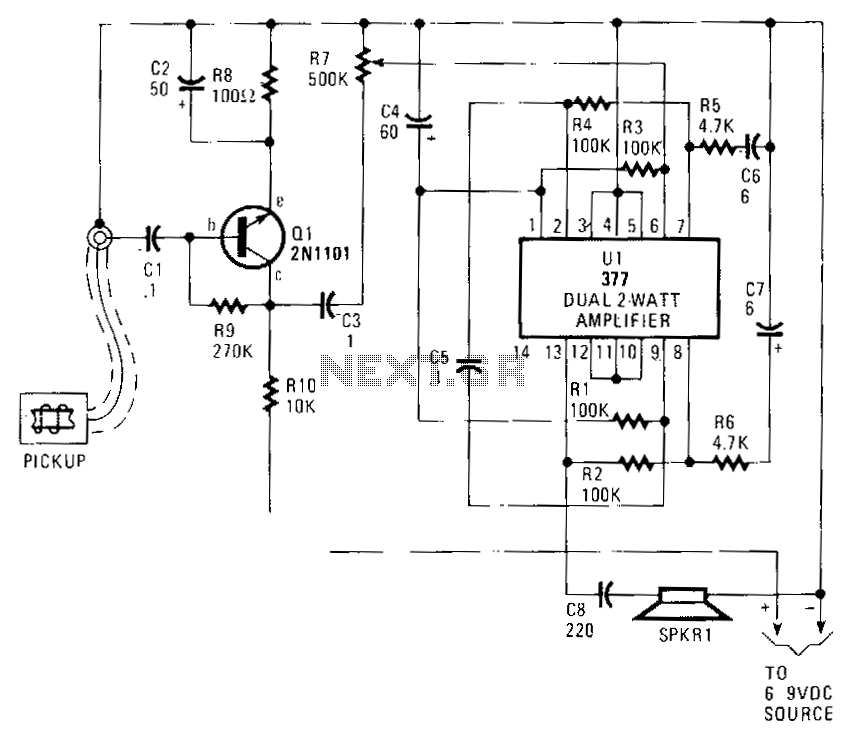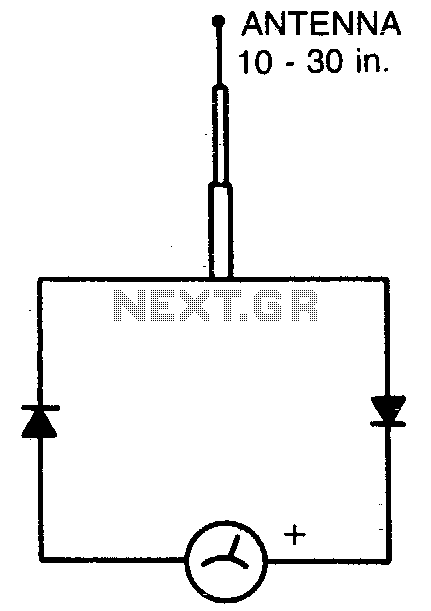
EE-8 Field Telephone
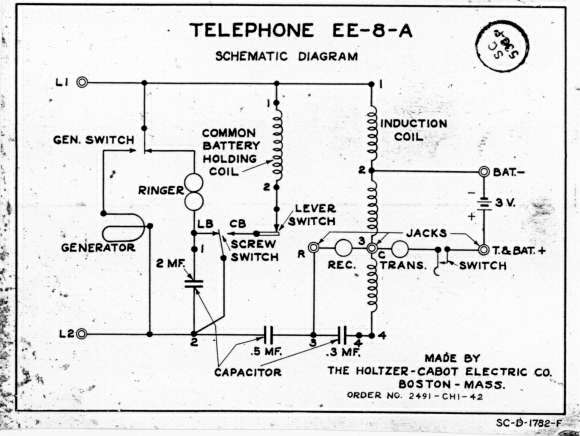
One unit is housed in a leather bag and is identified as model EE-8-A. One or more units are contained in a canvas bag and are designated as EE-8-B. All models feature handsets equipped with a butterfly push-to-talk lever. The EE-8-B model includes an original handset and cord. These units have been tested in both Local Battery (LB) and Common Battery (CB) modes and are functioning correctly. The handsets have been replaced with TS-13 models from Fair Radio, as the transmitter elements for the original handsets were difficult to source. Fair Radio indicated that they do not have the handsets readily available, but their inventory may vary, so it is advisable to call them if not found on their website.
Regarding the differences among the EE-8, EE-8A, and EE-8-B models, the first two are constructed on an aluminum chassis, while the B model is made of steel. There are three variations of the magneto (GN-38), all of which appear to be interchangeable. The capacitors in the different versions have similar electrical values, though some are multi-section capacitors, while earlier models utilize discrete capacitors. These distinctions are illustrated in images from the EE-8 and EE-8-B manuals.
A smaller terminal is located adjacent to the two used for connecting the phone line; this is the battery negative terminal, which can accept an external 3-volt battery, such as a pair of No. 6 dry cells, instead of the internal two D cells. The positive battery terminal is the handset terminal, located farthest from the line terminals and labeled T&BAT+. The recommended distance between phones is dependent on the type of wire used; for point-to-point circuits using type 104 open copper wire, the maximum distance is 360 miles. A notable feature is that the magneto can be cranked to ring other phones while the handset is in use. In the case of oak wall phones, the magneto cannot be cranked if the receiver is off-hook, as the talk circuit shorts it out. An oak wall phone can successfully communicate and ring alongside the EE-8 units.
To connect multiple magneto phones, a pair of wires should be run from the L1 and L2 terminals on one phone to the other units. Several phones can be connected on the same line, all ringing when one is cranked, except for the phone being cranked. The primary concern for functionality is corrosion, followed by potential issues with the handset cord, which can be repaired if originality is not a priority. The internal components are generally robust and reliable.
An interesting feature is that when the crank is turned, only the other phones will ring, not the one being used. The handset includes a butterfly switch that must be pressed to talk, using battery power during this operation. If the switch is not engaged, the batteries do not drain. While the unit requires batteries to talk, it can still crank, ring, and listen without them. Additionally, there is a switch labeled CB or LB, which toggles between Common Battery and Local Battery modes. In CB mode, the handset hanger is included in the circuit, allowing the phone to be connected as an extension to a household telephone line, where it will ring and talk (batteries are still required for operation in this mode). In LB mode, the handset hang-up switch is disabled for standard magneto phone operation. A schematic is available, providing a visual representation of the internal workings of one unit, which may clarify the operation of the CB-LB switch. A cautionary note: when connecting as an answer-only extension to a home phone, it is crucial to ensure the handset is hung up properly to avoid making the line appear busy to callers.One is in a leather bag and is model EE-8-A. One or more is in a canvas bag and is EE-8-B. All have handsets with the butterfly push-to-talk lever. The -B model does have an original handset and cord. These have been tested in both LB and CB modes and work fine. I replaced the handsets with TS-13`s from Fair Radio summer 2008 because the transmitter elements for the other kinds of handsets were too hard to get. Fair Radio had said that they didn`t have the handsets, but they aren`t really sure what they have until they go rummaging around. If you don`t find it on their web site, call them on the phone. Regarding differences in the models EE-8, EE-8A and EE8-B, the first two are on an aluminum chassis and the B model is steel.
There are three variations in the magneto (GN-38) but all appear to be interchangeable. The capacitors used in the different versions are approximately the same electrical values but some are multi-section capacitors in one case and earlier ones use discrete capacitors. These differences in the magneto and capacitors can readily be seen in these two images from the manual of the EE-8 and the EE-8-B.
There is a smaller terminal located next to the two used to connect the phone line. It is the battery negative terminal and can be used with an external 3 volt battery, such as a pair of No. 6 dry cells instead of the internal two D cells. The battery positive is the handset terminal located farthest from the line terminals, labeled T&BAT+.
The recommended distance between phones depends entirely on what type of wire is used. The maximum for a point-to-point circuit on type 104 open copper wire is 360 miles. An interesting characteristic is that you can actually crank the magneto and ring the other phones while the handset is on-line or talking. On the oak wall phones, if you don`t hang the receiver up, you can`t crank the magneto because the talk circuit shorts it out.
We have an oak wall phone on the same circuit with the EE-8`s and it talks and rings just fine. To connect two or more magneto phones together, just run a pair of wires from the L1 and L2 terminals on one phone to the other phones. You can connect several on the same line at the same time and they will all ring when you crank one of them.
(Except, of course the one you are cranking. ) The biggest thing that can go wrong is corrosion. Next would be the handset cord. That can be easily fixed if you`re not trying to make it appear original. The rest of the insides is pretty tough. I`d be real surprised if you can`t get them to work. One little feature which some people don`t know is when you turn the crank only the OTHER phone rings. Yours doesn`t ring. The handset has a butterfly switch which you must press in order to talk. While you have this switch operated the battery is being used. Otherwise, the batteries have no drain. It will not talk without batteries, but it will crank, ring and listen. There is one more switch. It is labeled CB or LB. This switch changes the mode from Common Battery to Local Battery. In CB mode, the hanger for the handset is in the circuit. You could connect the phone as an extension to your household telephone line and answer calls. It will ring and talk (provided the batteries are in it - yes in CB mode the batteries are still required to talk).
In LB mode, the handset hangup switch is disabled for normal magneto phone operation. The schematic is available below and is a photo of the one inside one of my units. It may help illustrate how the CB-LB switch works. One caveat, if you hook it up as an answer-only extension to your home phone, it is very easy to NOT hang up the handset properly making your line appear busy to callers. 🔗 External reference
Regarding the differences among the EE-8, EE-8A, and EE-8-B models, the first two are constructed on an aluminum chassis, while the B model is made of steel. There are three variations of the magneto (GN-38), all of which appear to be interchangeable. The capacitors in the different versions have similar electrical values, though some are multi-section capacitors, while earlier models utilize discrete capacitors. These distinctions are illustrated in images from the EE-8 and EE-8-B manuals.
A smaller terminal is located adjacent to the two used for connecting the phone line; this is the battery negative terminal, which can accept an external 3-volt battery, such as a pair of No. 6 dry cells, instead of the internal two D cells. The positive battery terminal is the handset terminal, located farthest from the line terminals and labeled T&BAT+. The recommended distance between phones is dependent on the type of wire used; for point-to-point circuits using type 104 open copper wire, the maximum distance is 360 miles. A notable feature is that the magneto can be cranked to ring other phones while the handset is in use. In the case of oak wall phones, the magneto cannot be cranked if the receiver is off-hook, as the talk circuit shorts it out. An oak wall phone can successfully communicate and ring alongside the EE-8 units.
To connect multiple magneto phones, a pair of wires should be run from the L1 and L2 terminals on one phone to the other units. Several phones can be connected on the same line, all ringing when one is cranked, except for the phone being cranked. The primary concern for functionality is corrosion, followed by potential issues with the handset cord, which can be repaired if originality is not a priority. The internal components are generally robust and reliable.
An interesting feature is that when the crank is turned, only the other phones will ring, not the one being used. The handset includes a butterfly switch that must be pressed to talk, using battery power during this operation. If the switch is not engaged, the batteries do not drain. While the unit requires batteries to talk, it can still crank, ring, and listen without them. Additionally, there is a switch labeled CB or LB, which toggles between Common Battery and Local Battery modes. In CB mode, the handset hanger is included in the circuit, allowing the phone to be connected as an extension to a household telephone line, where it will ring and talk (batteries are still required for operation in this mode). In LB mode, the handset hang-up switch is disabled for standard magneto phone operation. A schematic is available, providing a visual representation of the internal workings of one unit, which may clarify the operation of the CB-LB switch. A cautionary note: when connecting as an answer-only extension to a home phone, it is crucial to ensure the handset is hung up properly to avoid making the line appear busy to callers.One is in a leather bag and is model EE-8-A. One or more is in a canvas bag and is EE-8-B. All have handsets with the butterfly push-to-talk lever. The -B model does have an original handset and cord. These have been tested in both LB and CB modes and work fine. I replaced the handsets with TS-13`s from Fair Radio summer 2008 because the transmitter elements for the other kinds of handsets were too hard to get. Fair Radio had said that they didn`t have the handsets, but they aren`t really sure what they have until they go rummaging around. If you don`t find it on their web site, call them on the phone. Regarding differences in the models EE-8, EE-8A and EE8-B, the first two are on an aluminum chassis and the B model is steel.
There are three variations in the magneto (GN-38) but all appear to be interchangeable. The capacitors used in the different versions are approximately the same electrical values but some are multi-section capacitors in one case and earlier ones use discrete capacitors. These differences in the magneto and capacitors can readily be seen in these two images from the manual of the EE-8 and the EE-8-B.
There is a smaller terminal located next to the two used to connect the phone line. It is the battery negative terminal and can be used with an external 3 volt battery, such as a pair of No. 6 dry cells instead of the internal two D cells. The battery positive is the handset terminal located farthest from the line terminals, labeled T&BAT+.
The recommended distance between phones depends entirely on what type of wire is used. The maximum for a point-to-point circuit on type 104 open copper wire is 360 miles. An interesting characteristic is that you can actually crank the magneto and ring the other phones while the handset is on-line or talking. On the oak wall phones, if you don`t hang the receiver up, you can`t crank the magneto because the talk circuit shorts it out.
We have an oak wall phone on the same circuit with the EE-8`s and it talks and rings just fine. To connect two or more magneto phones together, just run a pair of wires from the L1 and L2 terminals on one phone to the other phones. You can connect several on the same line at the same time and they will all ring when you crank one of them.
(Except, of course the one you are cranking. ) The biggest thing that can go wrong is corrosion. Next would be the handset cord. That can be easily fixed if you`re not trying to make it appear original. The rest of the insides is pretty tough. I`d be real surprised if you can`t get them to work. One little feature which some people don`t know is when you turn the crank only the OTHER phone rings. Yours doesn`t ring. The handset has a butterfly switch which you must press in order to talk. While you have this switch operated the battery is being used. Otherwise, the batteries have no drain. It will not talk without batteries, but it will crank, ring and listen. There is one more switch. It is labeled CB or LB. This switch changes the mode from Common Battery to Local Battery. In CB mode, the hanger for the handset is in the circuit. You could connect the phone as an extension to your household telephone line and answer calls. It will ring and talk (provided the batteries are in it - yes in CB mode the batteries are still required to talk).
In LB mode, the handset hangup switch is disabled for normal magneto phone operation. The schematic is available below and is a photo of the one inside one of my units. It may help illustrate how the CB-LB switch works. One caveat, if you hook it up as an answer-only extension to your home phone, it is very easy to NOT hang up the handset properly making your line appear busy to callers. 🔗 External reference

